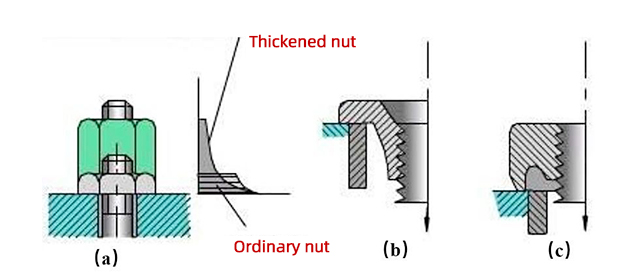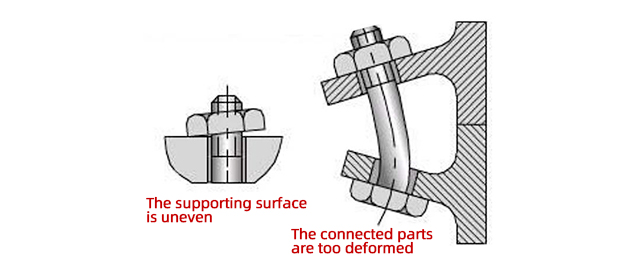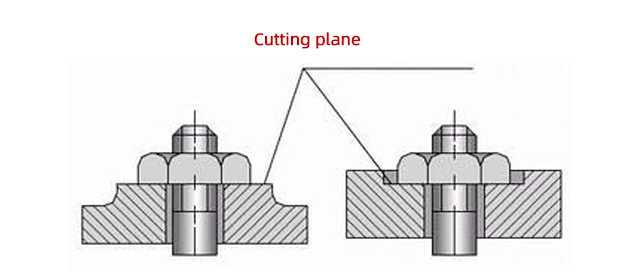- Gate valve
-
- DN1000 Extension stem double flange soft seal gate valveDIN F4 resilient seated gate valveDN450-1200 Resilient Seated Gate ValveDIN F5 resilient seated gate valveSocket connection soft seal gate valveUnderground cap soft seal gate valveBS5163 rising stem soft seal gate valveHard seal gate valveAPI slab Gate ValveStainless steel flange gate valveWafer knife gate valvePneumatic gate valveSoft seal gate valveExtension stem gate valveUL/FM fire protection groove ends gate valveRising stem forged steel gate valvecarbon steel gate valveStainless steel threaded gate valveDIN soft seal gate valveANSI soft sealing gate valve 200PSICast iron gate valveBS resilient seated gate valve
- Butterfly valve
-
- DN900 pneumatic triple eccentric hard seal butterfly valveD643H Triple Eccentric Butterfly ValveD343H Hard seal butterfly valveMulti standard EPDM seated butterfly valveSingle flange butterfly valveDN2000 Double eccentric butterfly valveFlange butterfly valveLug butterfly valveWafer butterfly valve with handleWorm gear operated butterfly valveWafer lined fluorine butterfly valveStainless steel wafer butterfly valveStainless steel flanged butterfly valveThree eccentric flange butterfly valvePneumatic flanged butterfly valvePneumatic wafer butterfly valveTriple eccentric butterfly valve wafer typeWafer butterfly valve ULC approvedInflatable seat butterfly valveHigh performance butterfly valveGrooved end butterfly valveElectric soft seal butterfly valveFlange fluorine lined butterfly valveHandle aluminum butterfly valveWorm Gear Aluminum Butterfly ValveFull PTFE lined butterfly valve wafer typeOne stem no-pin wafer butterfly valveMulti standard aluminum stem butterfly valveStainless Steel wafer Butterfly ValveAluminium handle operated lug butterfly valveLever Operated Flange Butterfly ValveButterfly valve stemButterfly valve discButterfly valve seat
- Ball valve
-
- DN1400 top-mounted eccentric semi-ball valveFlanged three-way ball valveFully welded ball valveNatural gas ball valveHigh platform flange ball valve1 PC ball valveFixed ball valvePTFE seat flanged ball valveMetal seat ball valveAPI 6D ball valve3 Piece ball valveFull Bore 3 way ball valve L-Port3 Way T-Port ball valve2PC Ball valve female thread stainless steel
- Globe Valve
-
- API Carbon Steel Globe ValveBellows Globe ValveStainless steel flange globe valveStainless steel thread S type globe valveStainless steel thread B type globe valveCast Steel Globe ValvePiston Globe ValveWCB Carbon Steel Globe Check Valveelectric motorized control stainless steel SS316 globe valveBrass Globe ValveCryogenic Globe valveHT200 Globe ValveThreaded Stainless Steel Globe ValveGG25 Globe ValveANSI API Cast Steel And Stainless Steel Globe valve
- Check valve
-
- Rubber seal check valveDN800 Slow closing check valveDN800 Rubber Disc Check ValveButterfly Buffering Check Valvecheck valve with counter weightSilent Check ValveWCB Swing check valveSwing Check ValveSingle Chip Check Valve H74WStainless Steel Wafer Check ValveSwing Start Check ValveFoot check valveAPI Swing Check ValveDIN Flange check valveSingle plate check valveLifting Check ValveBottom ValveHammer Diminish Noises Check ValveWafer Check ValveWafer dual plate check valve
- Control valve
-
- Static Balancing ValveCage Guided Sleeve Globe Control ValveDN1000 Piston Flow Regulating ValveDN1600 Electric Actuator Flow Regulating ValvePneumatic Flanged Butterfly ValvePneumatic Wafer Butterfly ValveAngle Seat ValvePneumatic gate valveElectric three-way control valveElectric sleeve control valve
- Water Meter
-
- Vertical Type Water MetersStainless steel threaded water meterPiston water meterPlastic water meterMore flow rotor dry water meterspiral vane flange water meterCI wotlman water meter with pulse outputLXCLG(R) Vertical removable element woltman cold (hot) water meterSingle flow rotor dry water meterPrepaid Token Water MeterElectromagnetic flowmeterRotary Piston Liquid Sealed Water MeterRotary Piston Liquid Sealed Water Meter
- Air valve
-
- Double ball exhaust valveDoubleair Air Valve SaudiDoubleair Air Valve Southeast AsiaDoubleair Air Valve South AmericaDouble Air ValveThreaded Air ValveSingle Air ValveTriple Functions Air ValveAutomatic Air Release ValveAutomatic release valveAutomatic exhaust valveComposite Exhaust Air ValveBrass exhaust valveDouble Ball Air Valve
- Pipe Repair & Coupling
-
- Flexible Multi-Function Pipe Coupling ZFJ-SSS Semi-Circle Pipe Repair Clamp SJW-HDuctile Iron Band Repair ClampStainless Steel Band Repair ClampDouble-Section Pipe Repair CouplingFolding Type Pipe RepairSingle-Section Multi-Function Pipe Coupling MF-SGear-Ring Type Multi-Function Pipe Coupling GR-SZBW Damping Corrugated Hose
- Dismantling Joint
-
- VSSJAFC(CC2F) Detachable Flange Transmission JointVSSJA-2(B2F) Double Flange Limited Expansion JointVSSJA-1(BF) Single Flange Limited Expansion JointVSSJA(AF) Flange Loose Expansion JointJGD-B Threaded Rubber JointZBW Damping Corrugated HoseKXT-S Flexible Dual-Spherical Rubber JointKXT Rubber Soft JointFlange Adaptor
How to improve the strength of bolted connections?
In most cases, the strength of a tension bolted connection is determined by the strength of the bolt. There are many factors that affect the strength of bolts, including materials, structures, dimensional parameters, manufacturing and assembly processes, etc.
So what are the measures to improve the strength of bolts?
When using an ordinary nut, the axial load is distributed unevenly among the turns of the screw thread, as shown in Figure 1(a). Counting from the nut bearing surface, the load is greatest in the first turn, and decreases in subsequent turns.
Theoretical analysis and experiments have proven that the more turns the screw has, the more significant the uneven load distribution becomes. After the 8th to 10th turns, the thread is almost unloaded.
Therefore, using a thick nut with many turns cannot improve the connection strength. If the suspended (tension) nut in Figure 1(b) is used, the conical suspension section of the nut and the bolt rod are both stretched and deformed, which helps to reduce the difference in the change of the screw moment between the nut and the bolt rod, thereby making the load distribution Relatively even. Figure 1(c) shows an annular groove nut, which functions similarly to a suspension nut.
Due to negligence in design, manufacturing or installation, the bolt may be subjected to additional bending stress (Fig. 2), which has a great impact on the fatigue strength of the bolt and should be avoided.
For example, when installing bolts on unmachined surfaces such as castings or forgings, structures such as bosses or countersunk seats are often used, and a flat supporting surface can be obtained after cutting (Figure 3).
The thread root, the intersection of the bolt head and the bolt rod all have stress concentration and are dangerous parts for fracture. Among them, the stress concentration at the thread root has a great influence on the fatigue strength of the bolt.
Measures such as increasing the fillet radius of the thread root, increasing the fillet at the transition part of the bolt head (Figure 4a), or cutting an unloading groove (Figure 4b, 4c) can be taken to reduce stress concentration.
When the maximum stress of the bolt is constant, the smaller the stress amplitude, the higher the fatigue strength. When the working load and residual pretightening force remain unchanged, reducing the bolt stiffness or increasing the stiffness of the connected parts can reduce the stress amplitude (see Figure 5), but the pretightening force should be increased.
Measures to reduce the stiffness of bolts include: appropriately increasing the length of the bolt; partially reducing the diameter of the bolt rod or making a hollow structure, that is, a flexible bolt. Installing an elastic element under the nut (Figure 6) can also act as a flexible bolt. Flexible bolts have large deformation when stressed, have strong energy absorption effect, and are also suitable for withstanding shock and vibration.
The manufacturing process has a great influence on the fatigue strength of bolts. For high-strength steel bolts, it is even more significant. When rolling threads are used, due to the effect of cold work hardening, there is residual compressive stress on the surface, the metal streamlines are reasonable, and the fatigue strength of the bolt is higher than that of turning. Carbonitriding, nitriding, and shot peening can all improve bolt fatigue strength.














